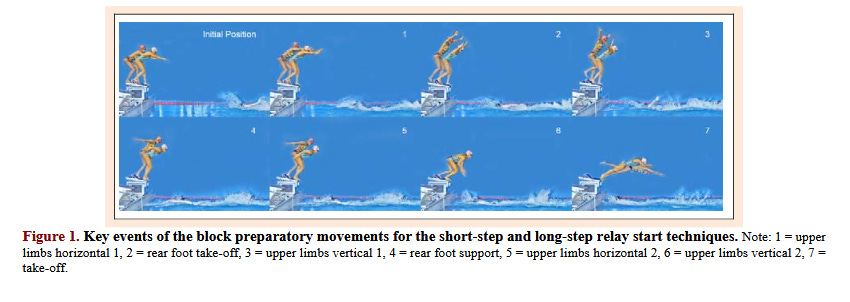The Winning Edge in Swimming Relay Starts: Long-Step vs. Short-Step
Want to shave crucial milliseconds off your relay start? New research reveals which technique dominates.
Elite swimmers using a long-step relay start (rear foot behind the block, track take-off) achieved 0.09s faster 5m/10m times than the short-step method, with females showing slower velocities despite similar peak forces ( Journal of Sports Science and Medicine, 2025)
Key Findings:
Long-Step Technique Wins: Swimmers using the long-step start (rear foot behind the block, step to a track position) achieved 0.09s faster 5m and 10m times compared to the short-step.
Why It Works: Longer block time, faster horizontal velocity during the step, and higher peak forces during take-off.
Gender Differences: Female swimmers had slower block times and velocities overall, but similar peak force application.
Practical Takeaway:
Coaches and swimmers should prioritize training the long-step technique on modern blocks (like Omega OSB11) to maximize horizontal displacement and impulse.
Source: Article Link
Santiago Veiga, Sebastian Fischer, Xiao Qiu, Jelena Stosic, Stefan Fuhrmann, Armin Kibele, Claudia Braun. (2025) What Is the Best Step Technique for Swimming Relay Starts?. Journal of Sports Science and Medicine (24), 227 - 235.




